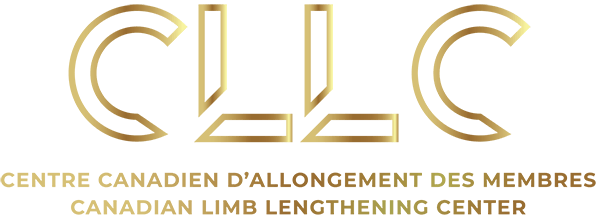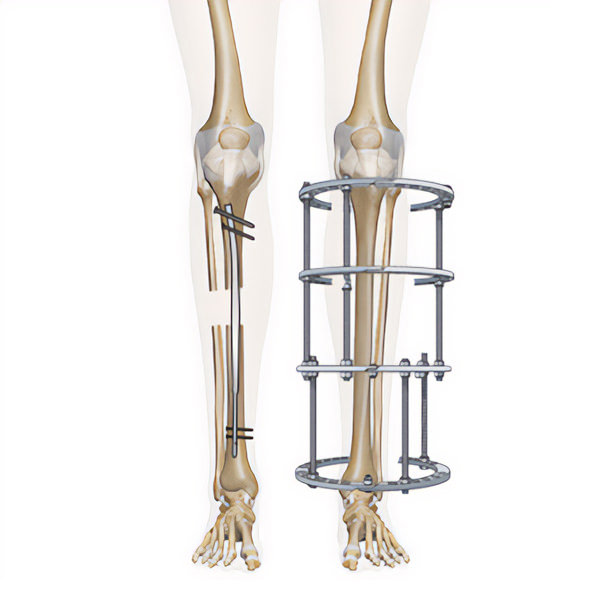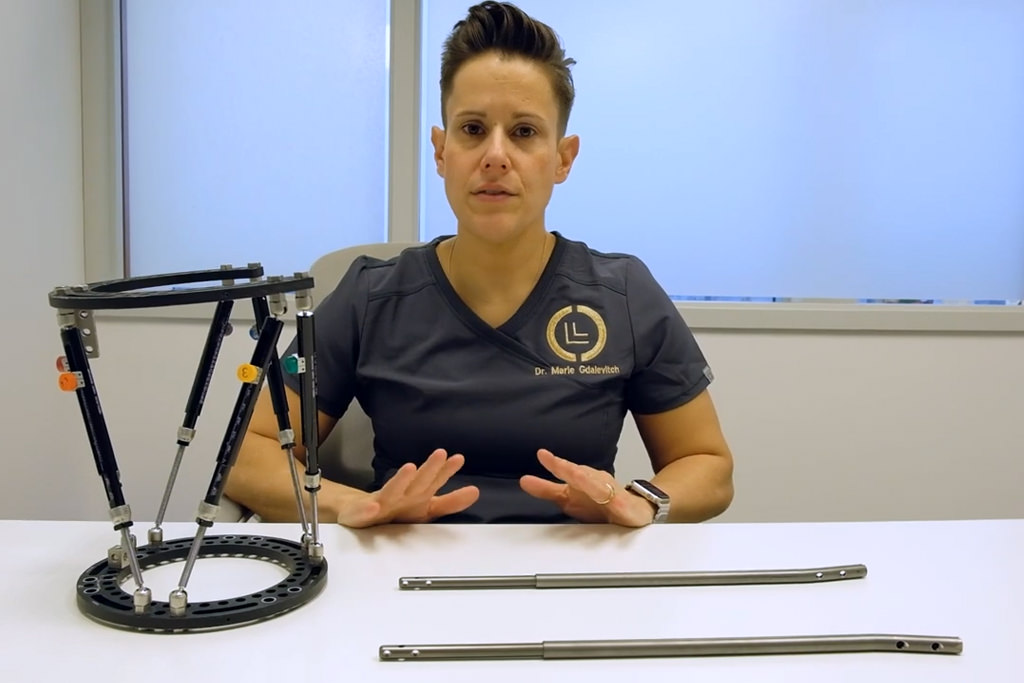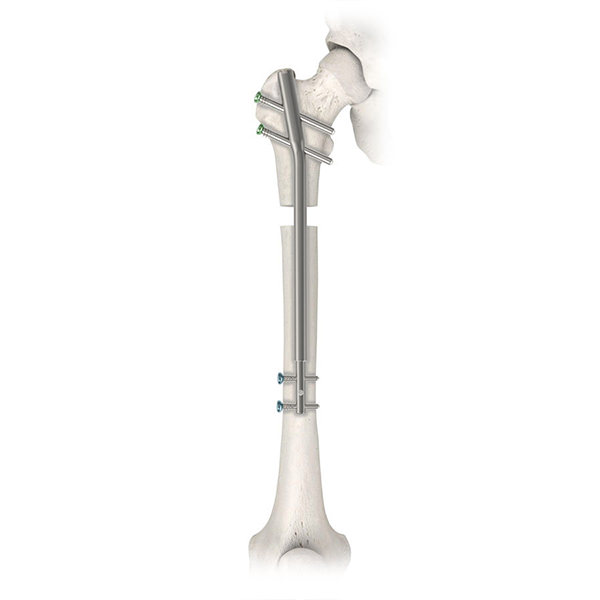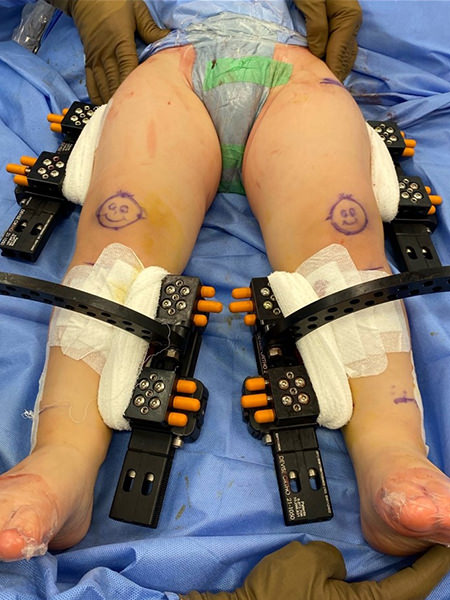Extensive Limb Lengthening is a surgical process in which patients will undergo multiple lengthening procedures of their lower and upper extremities. In most cases, Extensive Limb Lengthening is used to treat, or improve function for patients who experience skeletal dysplasias (such as achondroplasia, hypochondroplasia, pseudochondroplasia etc..) These types of dysplasias cause disturbances in bone growth, which often result in short stature and crooked limbs. By harnessing the power of bone regeneration (distraction osteogenesis) our experts use the most advanced technologies to provide patients with safe Extensive Limb Lengthening procedures that can improve their quality of life.
Indications / Candidacy
Extensive Limb Lengthening is best suited to children between the ages of 8 and 10 who are prepared to undergo more treatment stages over the course of their childhood, adolescence and into adulthood. The best candidates have support from their family, who are willing to participate actively in their surgical plans.
Additionally, Good candidates for Extensive Limb Lengthening may have:
- A condition that affects bone and cartilage growth
- Arms and legs that are short in comparison with the head and trunk
- Shortness predominantly in the upper arms and thighs
- Lower extremity deformities including lumbar lordosis, bowlegs and other knee or ankle problems
- Difficulty and pain while walking
- Are projected to have degenerative joint disease in the future







Treated Conditions
Our centre offers treatment of many complex orthopedic conditions. With highly specialized expert care and the most up to date equipment and technologies in limb lengthening we have developed a holistic approach to Extensive Limb Lengthening that helps patients, and their families treat skeletal dysplasia such as Achondroplasia, Hypochondroplasia, Pseudochondroplasia and other conditions that cause disturbances in bone growth and height.
Surgical Technique
Extensive Limb Lengthening usually involve lengthening the femurs and tibias at same time. Lower limb lengthening (both femurs and tibias) is typically preformed twice with a few years recovery in between before proceeding to upper limb lengthening of the humerii.
Extensive Limb Lengthening can be performed in via external fixation, internal fixation or a combination of both and will depend on your surgeons assessment of the length of the limbs and the associated deformities. Each technique has advantages and disadvantages, and more than one stage of treatment may be required.
Results
With Extensive Limb Lengthening our goal is to obtain a functional height while correcting any deformities where necessary. In the lower limbs we can see an approximate increase of a total of 8-10 inches over 2 lengthening procedures (20-25 cm). Patients can also increase the upper limb length by approximately 3-4 inches (7 -10 cm). Extensive lengthening can improve both the short and long-term quality of life for patients. Patients experience decreased pain and discomfort from underlying deformities as well as the psychological benefits that come from a more positive body image and body function.
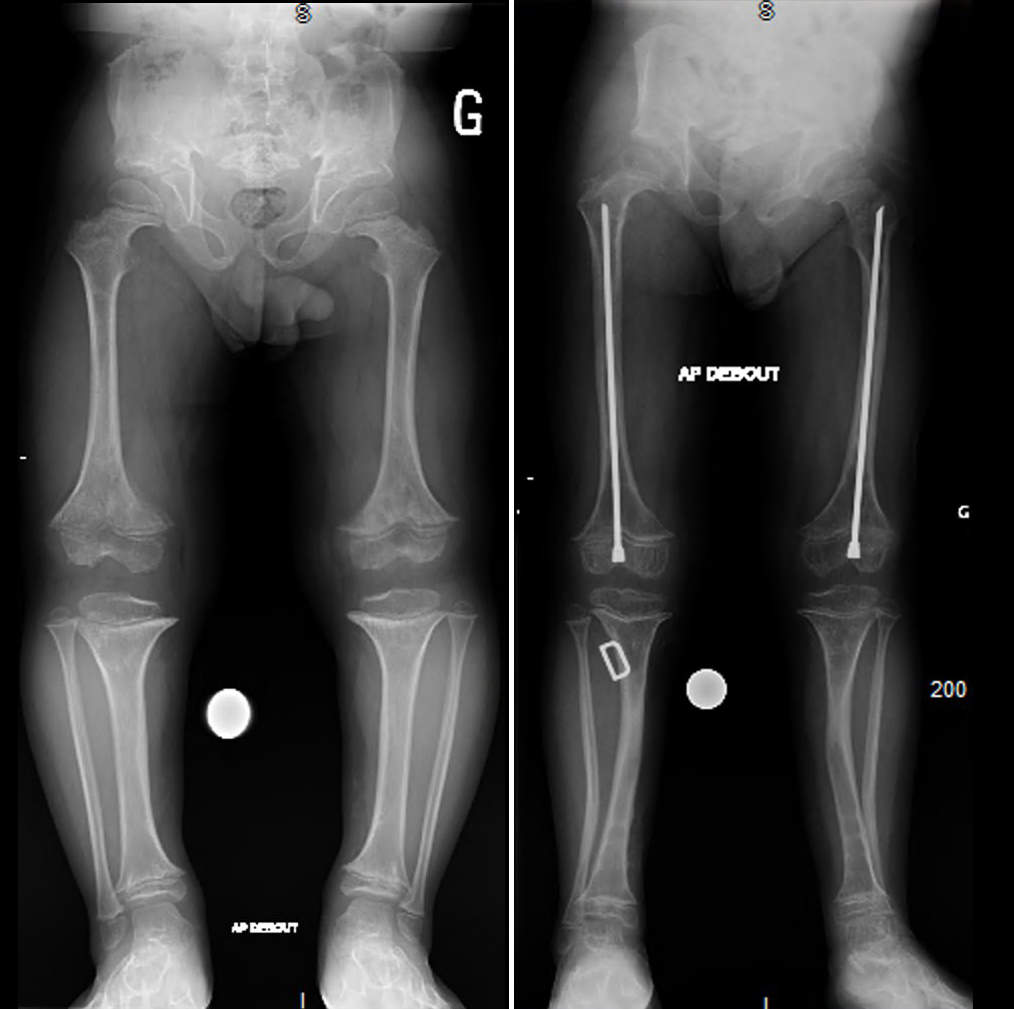
Potential Complications
As with any surgical procedure, Extensive Limb Lengthening can have difficulties and complications. Though extensive measures are taken to avoid complications every patient’s experience is different. Complications and side effects may include:
- Joint contractures due to lengthening
- Muscle contractures
- Deformity of bone
- Delayed union, non-union or malunion of bony regenerate
- Infection of bone (osteomyelitis)
- Joint stiffness and contractures
- Pin loosening (external methods)
- Pin site infection (external methods)
- Pain and sleeping difficulty
- Nerve injury due to traction from lengthening (Neuropraxia)
- Neurovascular injury or Compartment syndrome (very rare)
- Fat embolism syndrome or Pulmonary embolism (very rare)
Our limb lengthening specialists are aware of and ready to respond to complications. With access to a team of surgeons, our care offers diverse knowledge surrounding any potential challenges this surgery can entail. Patients can rest assured knowing they are well taken care of.
AM I A CANDIDATE?
Are you experiencing an orthopedic condition and would like to improve your physical capabilities?
Or you simply would like to achieve your long-lasting dream of improving your height?
Let us help you achieve your optimal health and wellness in a professional setting.
Let’s open up a discussion to help you achieve your goals.




Highly specialized expert care at CLLC
At the Canadian Limb Lengthening Centre we offer complex deformity correction and limb lengthening surgeries performed by experienced surgeons with the most up to date technologies. When it comes to your care, and treatment of deformity and limb length discrepancy, our surgeons have extensive training and experience.
